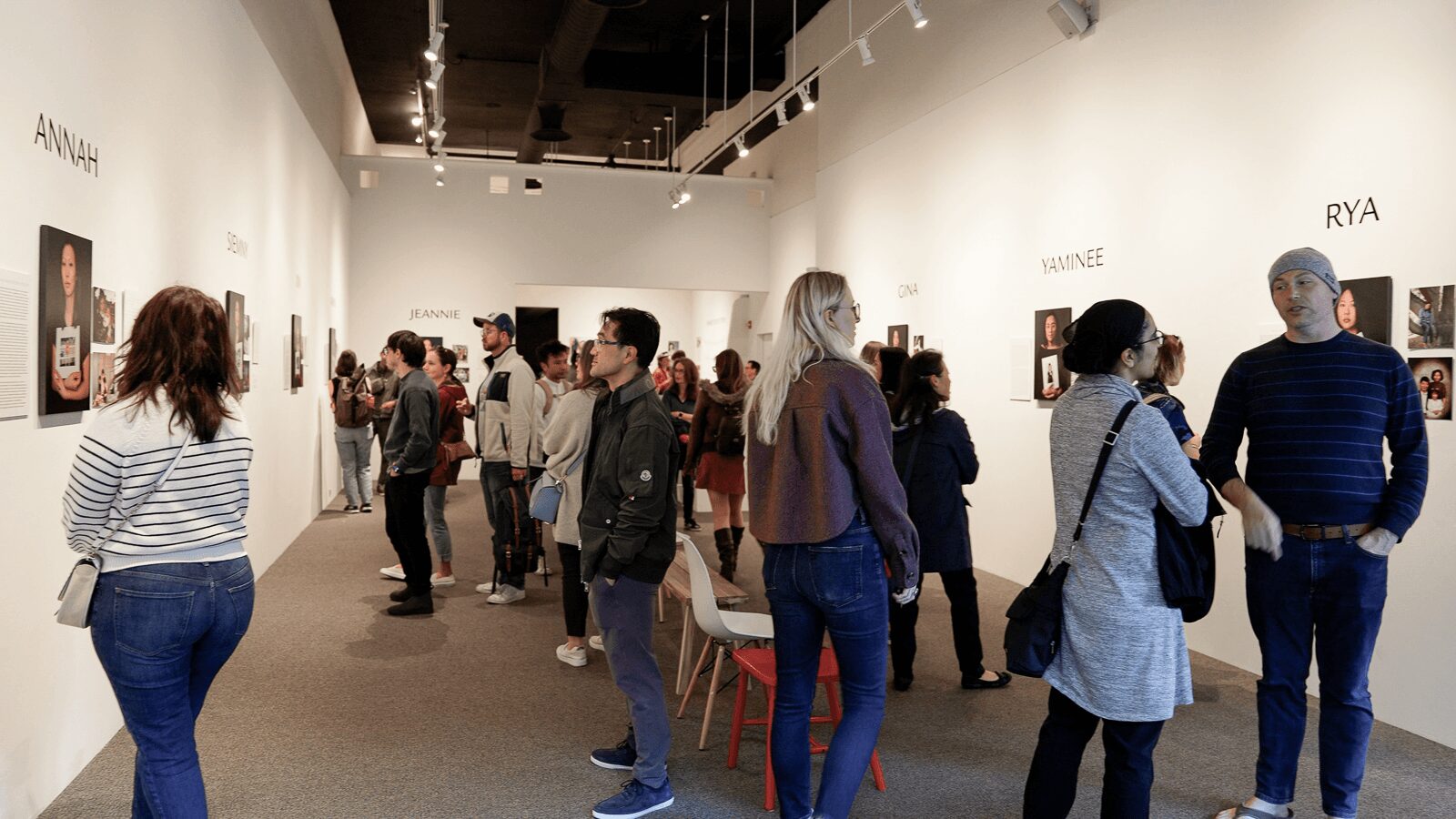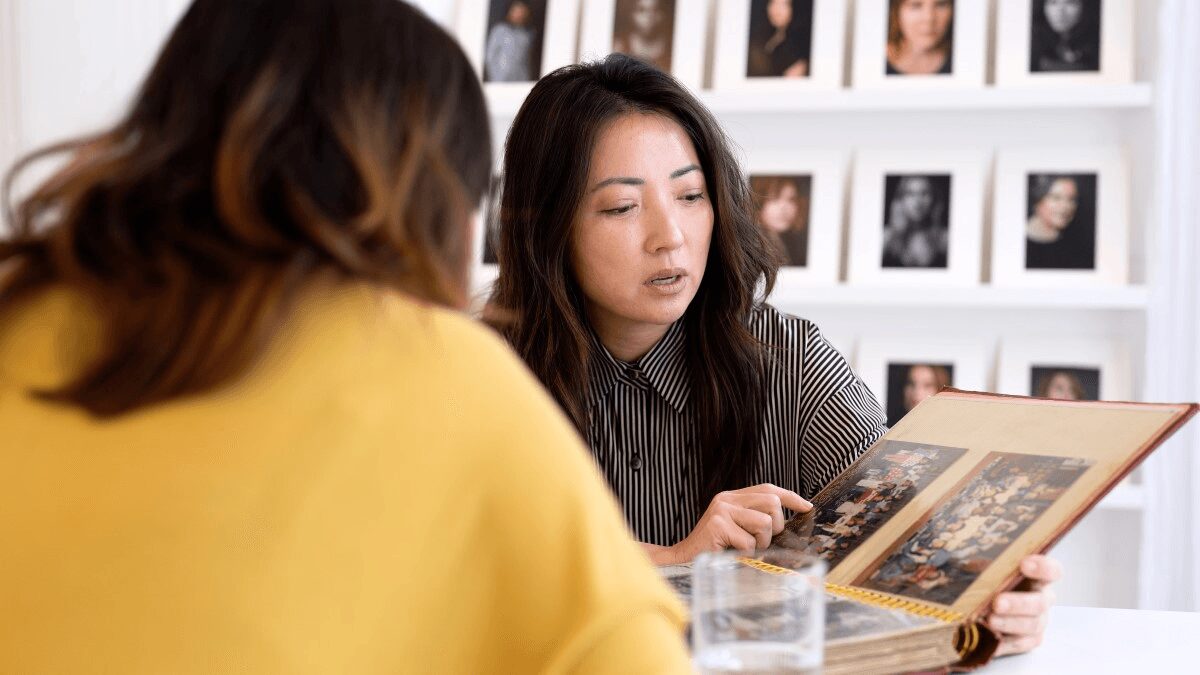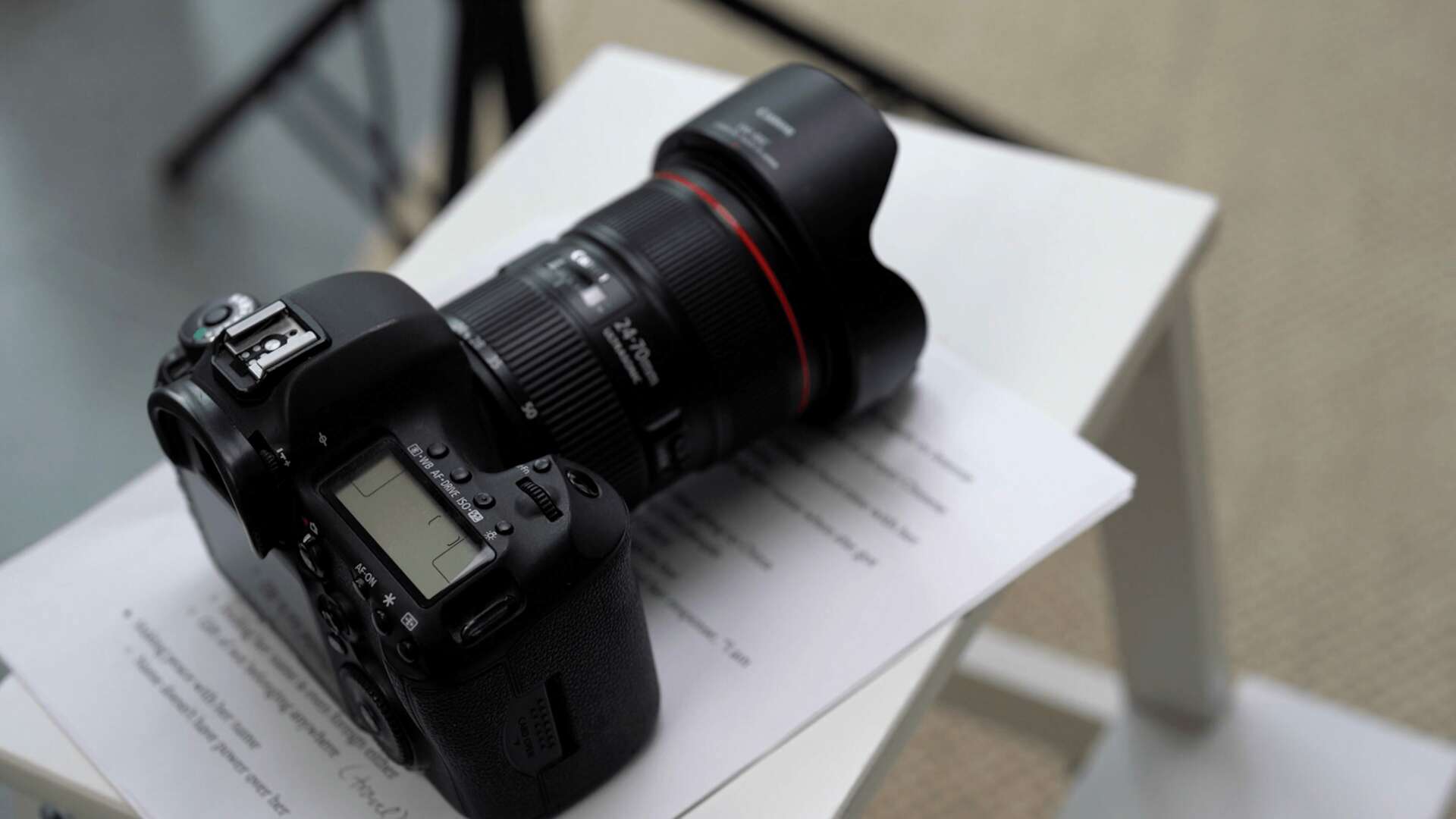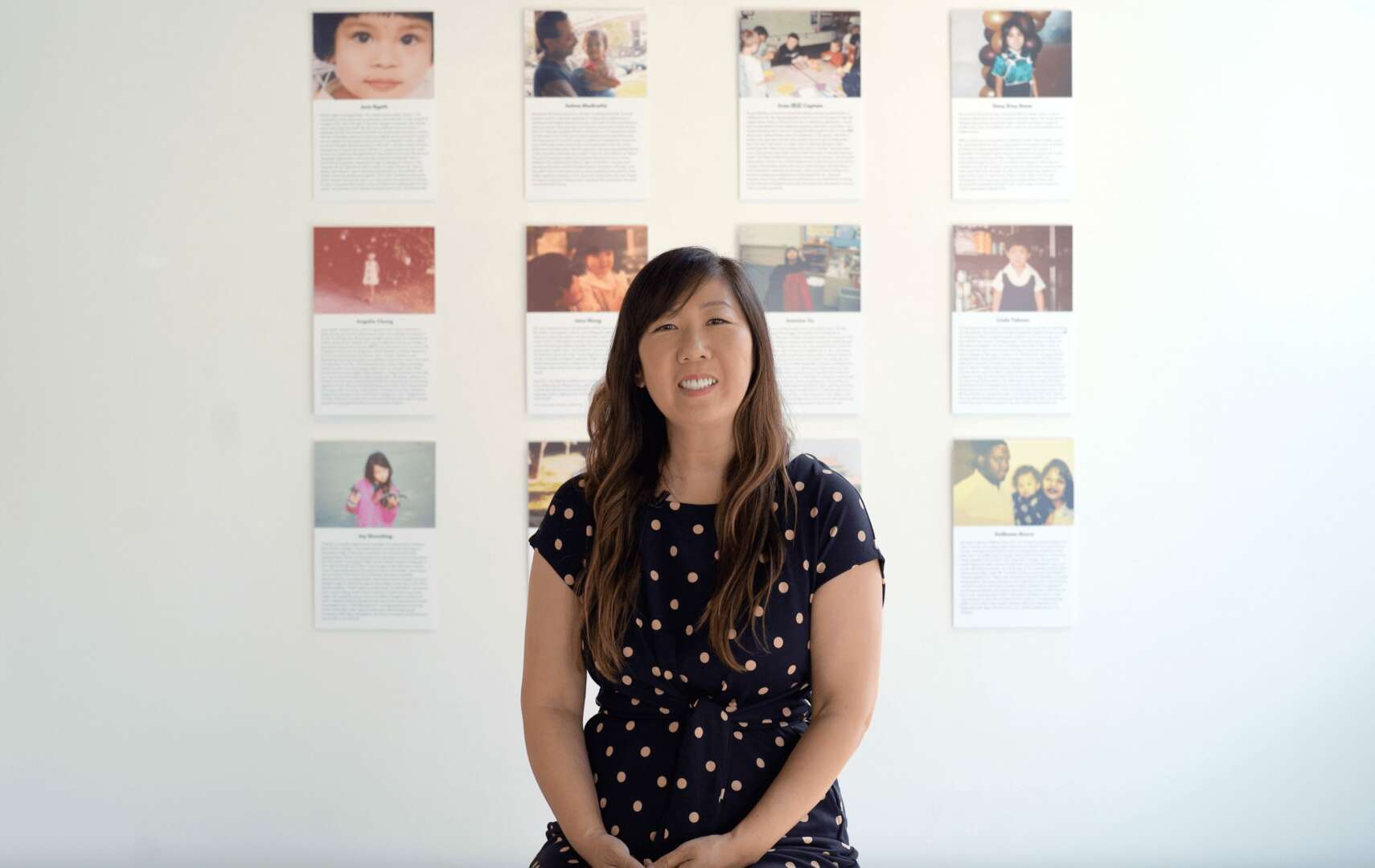We caught up with the brilliant and insightful Judy 하나 Lee a few weeks ago and have shared our conversation below.
Judy 하나, thanks for taking the time to share your stories with us today What’s been the most meaningful project you’ve worked on?
I am a Korean immigrant and moved to the U.S. when I was 6 years old. When I started first grade in Queens, NY, the woman registering me assigned me the name “Judy” instead of the Korean name my parents gave her. My feelings around this name have evolved. As a young child, I liked having an “American” name because it helped me fit in better but as I got older, I started to really dislike my name. It never fit me. In recent times, I’ve come to a place where I can no longer just accept this name and didn’t know what to do about it so I started “My Name Story” project.
My Name Story is a portrait-video narrative project that tells the stories of AANHPI women and their names as a lens to explore race, gender, and belonging. Whether we changed our names, had them changed for us, or reclaimed our names, this project examines the process of identity development in a country that sees Asian Americans as perpetual foreigners. This project invites the audience to ask themselves “Who get to be ‘American?” and “Who gets to belong?”
This past May, in honor of AANHPI Heritage Month, I had the privilege of holding a month-long community centered exhibition on this project. In addition to My Name Story participants, I invited the community to submit their own stories as well as provided a “Share Your Story” wall at the exhibit so that anyone could participate. There were weekly events to facilitate intentional gathering and to support each other. It was a way for our community to gather around this common experience and recognize how many of us have or are struggling. Sharing the experience together and telling our stories in our own words can be healing. Many visitors asked me why my story wasn’t included in the exhibition and my response was that pieces of my story were in everyone else’s story.
It took two years for me to complete this project and it still is not complete. There are more stories to tell and every time I hear one, it helps me process my own name story and gives me more clarity around what I want to do with my name.

Great, appreciate you sharing that with us. Before we ask you to share more of your insights, can you take a moment to introduce yourself and how you got to where you are today to our readers.
My creative journey is a lifelong one, shifting and evolving as I shift and evolve. It began years ago when I picked up a DSLR so that I could take pictures of my children. It gave me the “in the field” practice I needed to learn about the technical aspects of photography. I soon began a family photography business, albeit timidly because I lacked the inner confidence to truly pursue it despite the positive feedback. A few years later, I discovered studio portrait photography and that’s when everything changed. Recognizing that I had an affinity for it, portrait work pushed me to do the internal work on myself in order to get the kind of portraits I was after – vulnerable, authentic, and raw from women like me who hated photos of themselves and had a deep fear of being seen. My practice evolved into therapeutic portrait work for clients using portraits as a self-reflection tool to process their past so that they could learn to radically accept and love themselves.
I ran this portrait business for over 5 years and while it was rewarding and meaningful, I found the “wellness” business world, which I found myself in, problematic because of its hyper-individualism and lack of responsibility to our communities. I wanted to take care of and be in community with others and make an impact beyond individual clients, who frankly had the privilege to afford my services. In spring of 2023, I closed my studio and decided to move into community-centered art projects that focused on social justice issues. I didn’t want to worry about monetizing my art so decided to get a part-time job in social justice related work so that it would help fuel my artistic practice.
Being an artist in Seattle is challenging. The city is unaffordable and as part of my community-centered artistic practice, I am committed to using whatever privileges I have to support other artists. Grants feel accessible to me so I’ve partnered with The Fishbowl, a QTBIPOC centered art gallery, to provide grant writing support to other artists. I also research and share accessible open calls and grant opportunities to provide more equitable access to opportunities to fellow artists.
Looking back, I realize my creative journey began much earlier than when I picked up that DSLR. In middle school, my dad gave me a Kodak 110 instant camera and encouraged me to use it daily. Despite our tough financial situation, he was willing to have all my photos developed. He prioritized my creativity, which was something he couldn’t do for himself as a struggling immigrant, because he was a talented photographer and painter. We would go through the pictures together and he would critique my composition. This planted a seed in me that didn’t grow until decades later when I rediscovered my love of photography. Photography is about looking at the world outside of us but it forced me to examine my internal world in order to understand why I am the way I am and to see the world the way that I do. Through my work, I want to bridge that gap between our internal and external worlds. Narrative art does that through story sharing, which is a powerful tool for creating connection and empathy in ourselves and each other. When we’re able to do that, we’re also able to see each other’s humanity and this can teach us to advocate and care for each other.

What can society do to ensure an environment that’s helpful to artists and creatives?
Artist are the ones who create culture and vibrancy in a city that makes them fun to live in. They set trends by moving into affordable neighborhoods which then become trendy and ultimately gentrified as artists are pushed out. Providing more affordable housing for artists is a first step to helping artists thrive. Another important step is to provide subsidized exhibition spaces that is accessible and not gate kept like the traditional gallery model. This gives artists opportunities to not just show their work but, an incentive to continue to grow their artistic practice and thrive as fully expressed humans.

Is there a particular goal or mission driving your creative journey?
How can I leave the world a better place than I found it? This is a value I keep in mind whenever I embark on something. This means I want to do work that leaves a positive impact on not just those viewing the art, but the people who participate in my projects. I consider how those whose photographs I take and stories I tell will feel and hope they feel seen and valued.
My life hasn’t always been mission driven and I remember spending a significant part of my life feeling lost. Living a mission driven life means thinking about the world outside ourselves and caring about others. This has given me a sense of purpose and the energy to continue the work and feel continually inspired with new ideas. Living a mission driven life is what fuels my creativity.
Contact Info:
- Website: https://webelongseattle.com
- Instagram: @webelongseattle

Image Credits
Films about Artists


